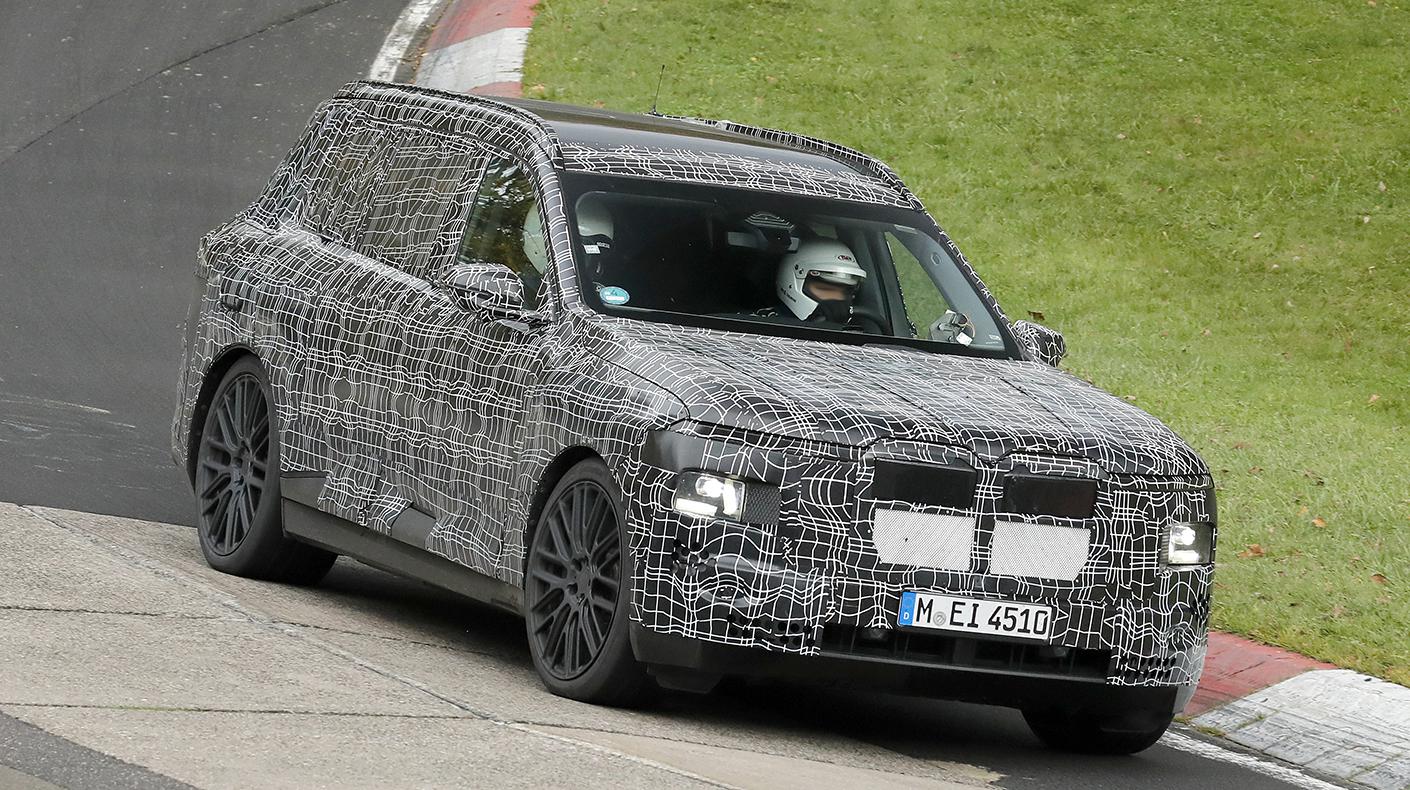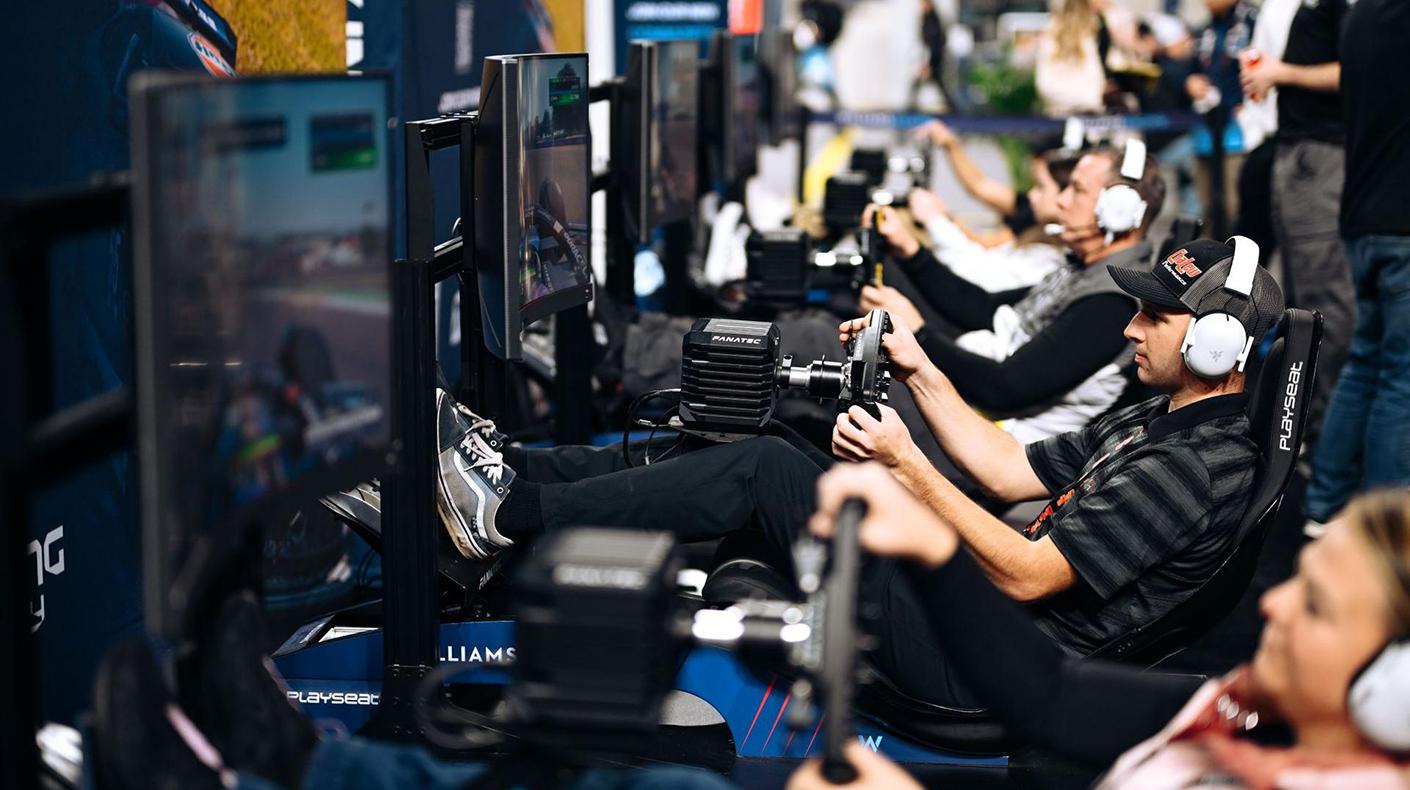Ford is going small and Honda is thinking big. Perhaps no duality better illustrates the state of the American automobile industry, as auto executives gathered last week at the Management Briefing Seminars, hosted by the Center for Automotive Research in Traverse City, Michigan, to discuss a market changing faster than anyone expected.
Ford President of the Americas Mark Fields is betting that his company can turn double-digit profits on small-car sales in the United States by adding successful European models to the domestic lineup and ramping up production on a global small-car platform. "We are very much playing to win in small cars," Fields told the Detroit News.
Fields believes American consumers are willing to pay more for small cars that offer high levels of quality and comfort, as well as "cutting-edge" features that younger consumers demand. The fact that buyers are demanding small cars again is no longer news. The Detroit News reports that in May, 50% of all vehicle sales were four-cylinder models—the first time in U.S. history that has happened.
Meanwhile, Toyota announced that its next-generation Prius will debut at the 2009 Detroit Auto Show. Bob Carter, Toyota group vice president and general manager for the Toyota division at Toyota Motor Sales USA, also noted that Lexus would also offer a hybrid with a different design than the Prius. Consumers want more hybrids, more four-cylinders and "vehicles that exceed 30 miles per gallon," Carter told the conference.
Honda likewise plans to introduce a new five-door, five-passenger hybrid by April 2009 priced below the Prius and current Civic Hybrid. Both automakers are acutely aware of the shift away from trucks, but both believe in the long-term potential of the market.
American Honda Executive Vice President Dick Colliver told the conference that his company sees the market shifting back to larger vehicles once consumers adjust to higher fuel prices—even declaring that the "shock from oil prices is over."
Toyota's Carter notes that the large-truck market may fall as low as 1.4 million units this year, down from 2.15 million last year, reports Bloomberg.com. Even at 1.4 million, Carter says, it can't be ignored. Toyota adjustments include converting an Indiana plant slated to produce Tundras to now producing Highlanders.
Carter maintains that the U.S. truck market is still one of the most viable, largest segments on the industry. "We are confident in the long-term viability of the fullsize truck market," he says.
Chrysler remains unconvinced, however. According to The New York Times, the automaker believes the SUV era is over and announced that it was converting a plant used to produce Jeep Grand Cherokees.
Consumer Expectation Outpacing Auto Industry's Delivery
At the Management Briefing Seminars, IBM released a report showing that the auto industry is several steps behind the needs of increasingly sophisticated consumers. The IBM Automotive 2020 Study, based on global collaboration with 125 auto industry leaders, says consumers are demanding more information and entertainment from their vehicles.
They also want increased safety, economy and environmental responsibility, spurring the development of cars and trucks that use electronics to provide greater assistance with navigation and active safety (systems that monitor and react to changing road conditions).
The specialty-equipment industry will appreciate the sentiments behind one of the report's five imperatives: simplify complexity. As vehicles become more connected and intelligent, the electronics and embedded software become more complex. IBM recommends that OEMs establish common processes and standards to encourage innovation from traditional and non-traditional (read: specialty-equipment) suppliers to be rapidly integrated.
As automakers refocus their attention away from trucks and onto smaller cars, they face the dual challenge of manufacturing cars for consumers demanding more choice and personalization options.
“The auto industry is shifting away from a small number of high-volume, big-hit models and one-size-fits-all products, and moving toward a larger number of low-volume niches and smaller segments of customized products,” says John Waraniak, SEMA vice president of vehicle technology, who also chaired a seminar dedicated to specialty-equipment customization and spoke on a panel discussing the future of "connected" vehicles.
“These are SEMA’s roots, as well as the future and strength of SEMA companies," he adds. "Small is the new big, and SEMA is a lot of small to midsize companies with big ideas.”
For more information about SEMA's vehicle technology programs and Technical Briefing Seminars, please visit www.sema.org/tbs.





